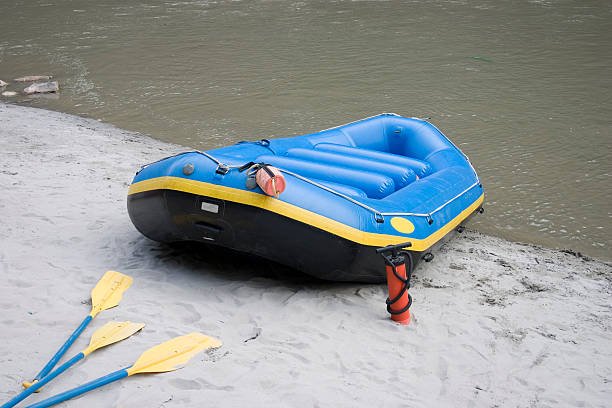How to Buy a Good Dinghy

A dinghy refers to a kind of a small boat that is often towed or carried by a huger vessel for utilization as a tender or a lifeboat. The market is full of boat dinghies and you might find it tough selecting the best. This is the reason it is wise to invest your time researching. Doing so is going to save you frustrations. On this page are some guidelines you should follow when buying a dinghy boat Toronto.
First of all, you should be keen on dinghy storage. Storage ought to be a defining factor when buying a dinghy. There are many common ways of storing a dinghy but not all storage suits every vessel. A rigid dinghy is going to require much space so it can be fastened to the deck or at the flipside of the boat while an inflatable dinghy can be stowed in lazarettes or lockers. Regardless of where you decide to store your dinghy on the boat, make sure it is in a location that doesn’t lessen drag, confine access to crucial areas, or hinder easy access for storage plus use.
Secondly, you must look at the dinghy carrying capacity. If you are sailing multiple passengers or crews, you’ll need a dinghy that can hold that number of people. Making several trips to shore is not only going to cost you a lot of time but fuel as well. In addition, you will need extra room for provisions, recreational gear, luggage, and any other thing that might find its way into your boat. The handling in your vessel can become challenging when loaded beyond capacity, requiring you to be cautious particularly in rough seas. Safety must always be a top concern, so your objective is to get the biggest dinghy you can without compromising too much on storage.
The material should be the next thing you reflect on. Rigid dinghies are frequently made of aluminum or fiberglass. However, you can choose a more typical wooded design. The material will partially influence where the dinghy can be kept and the need for tools like dinghy davits. Though fiberglass hulls are less costly compared to aluminum, they pose the challenge of heavier weight. Aluminum hulls last longer but are costlier. Overall, rigid dinghies can endure tear and wear unlike inflatable ones but they need routine maintenance. Inflatable dinghies are mainly made from CSE or PVC. CSE is highly defiant to UV, chemicals, abrasion, and extreme temperatures but it loses air faster than PVC. PVC isn’t as durable as CSE but it costs lesser, it’s much lighter, it’s easier to clean, and is more convenient to fold.
How you will utilize your dinghy is another essential tip. Finally, determine how you’ll utilize your dinghy. Will you be journeying long distances from anchor exploring distant locations? How many individuals will you be transporting? Do you require special features for fishing and scuba diving? You should research a lot to be certain that you are purchasing a dinghy that suits your requirements while staying within your budget.
